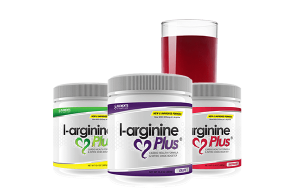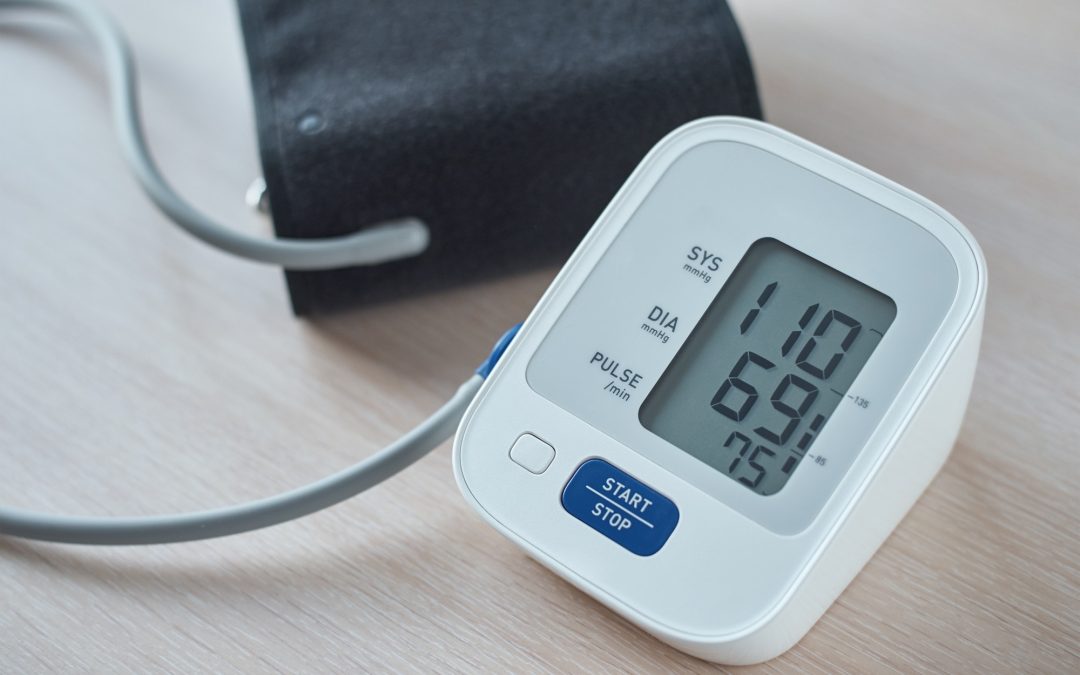Hypertension (or high blood pressure) is a harmful condition that plays a significant role in the development of heart disease. If left untreated, it can damage your heart, kidneys, and brain. For this reason, it’s important that you keep track of your blood pressure levels by monitoring them at home.
Checking your blood pressure on your own can be challenging especially if you’re unsure about a few different things. We wanted to share a few tips and steps to monitoring your blood pressure at home. If you follow these steps, you’ll be able to monitor and improve your blood pressure.
Blood pressure readings will provide you with two numbers: your systolic blood pressure (top number) and diastolic blood pressure (bottom number). If you have high numbers in either measurement, it means that your heart is working extra hard to pump blood through your arteries. That extra work means your heart is straining and can eventually wear out if you ignore your blood pressure.
 At-Home Monitors for Monitoring Your Blood Pressure at Home
At-Home Monitors for Monitoring Your Blood Pressure at Home
The American Heart Association (AHA) recommends people use an automated, upper arm blood pressure monitor for their at-home use. In addition to buying this device (whether online or at a store), you should keep a log of your blood pressure readings. By keeping track of your numbers, the day you had the reading, and the time, you can help your doctor get a sense of your typical blood pressure readings. Doctors will also check your blood pressure in their offices during each visit.
Before taking your blood pressure readings, you should be relaxed and sitting up straight with your feet on the ground. Your arm should be positioned straight with the palm facing up while on a level surface. Then, place the cuff on your bicep directly against your skin and press the button on the automated blood pressure monitor. Once it’s done taking the reading, the cuff will automatically deflate and show you the numbers on its digital screen.
Additional Tips
Since cuffs can come in different sizes, make sure yours is the right size. If you can comfortably slip one finger between your arm and the deflated cuff, then it’s the right size. You also shouldn’t smoke, drink, or exercise 30 minutes before measuring your blood pressure.
 To get a good sense of your blood pressure, check your levels at different times of the day; just make sure you note the time of each reading. Also, before taking your blood pressure, rest for three to five minutes to help your body relax. After you’ve taken the reading, take it again to make sure the first one is correct; they should be within a few numbers of each other. You can also take your at-home monitor to your doctor’s office to get it calibrated and make sure it’s working properly.
To get a good sense of your blood pressure, check your levels at different times of the day; just make sure you note the time of each reading. Also, before taking your blood pressure, rest for three to five minutes to help your body relax. After you’ve taken the reading, take it again to make sure the first one is correct; they should be within a few numbers of each other. You can also take your at-home monitor to your doctor’s office to get it calibrated and make sure it’s working properly.
If you want to give your circulatory health an extra boost, you can take supplements like L-arginine Plus. Its ingredients promote healthy circulation, blood pressure, cholesterol, and more. Give your blood pressure the support it deserves by keeping track of it, maintaining it in a healthy range, and taking L-arginine Plus.

